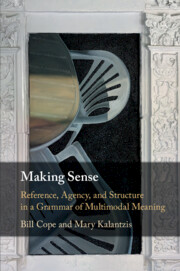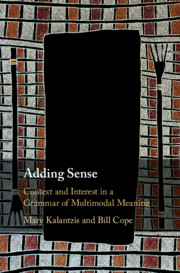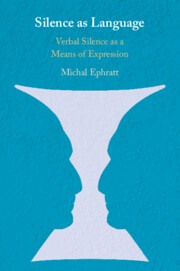Making Sense
The phenomenon of multimodality is central to our everyday interaction. 'Hybrid' modes of communication that combine traditional uses of language with imagery, tagging, hashtags and voice-recognition tools have become the norm. Bringing together concepts of meaning and communication across a range of subject areas, including education, media studies, cultural studies, design and architecture, the authors uncover a multimodal grammar that moves away from rigid and language-centered understandings of meaning. They present the first framework for describing and analysing different forms of meaning across text, image, space, body, sound and speech. Succinct summaries of the main thinkers in the fields of language, communications and semiotics are provided alongside rich examples to illustrate the key arguments. A history of media including the genesis of digital media, Unicode, Emoji, XML and HTML, MP3 and more is covered. This book will stimulate new thinking about the nature of meaning, and life itself, and will serve practitioners and theorists alike.
- Arguments are illustrated with rich examples from literature, the arts, media and design, enabling the reader to focus on their area of interest
- Features up-to-date analyses of the key digital technologies, their origins and the working of key digital media
- Uses cross-cultural and international comparisons, going beyond and transcending a Eurocentric frame of reference
Reviews & endorsements
'… this is a book that could only be written by authors such as Cope and Kalantzis, who have themselves lived through the sheer breadth of the lines of development they bring to readers' attention, making connections and leaps which would in the normal, more circumscribed, business of everyday research rarely occur.' John A. Bateman, Journal of Pragmatics
Product details
No date availableAdobe eBook Reader
9781108770514
0 pages
Table of Contents
- Part 0. Meaning
- Part I. Reference
- Part II. Agency
- Part III. Structure.






